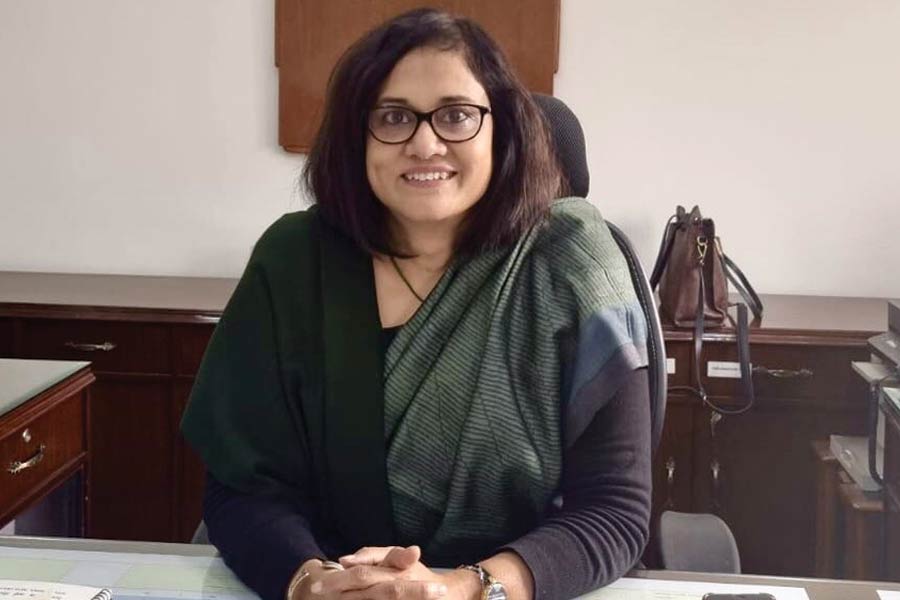The huge vacancies for the posts of loco pilot and assistant loco pilot and the long hours these employees are forced to work have come under the spotlight after railway authorities blamed the goods train driver for Sunday’s collision near New Jalpaiguri.
As for the absence of an anti-collision device that would have prevented the accident, railway officials said it would take years to install the mechanism across India’s railway network because of high costs and technical challenges.
In her initial reaction, railway board chairperson Jaya Verma Sinha blamed the driver of the goods train that had rammed the Sealdah-bound Kanchenjunga Express from behind.
"Preliminary investigations suggest that the goods train driver disregarded the signal and hit the Kanchenjunga from the rear end," Sinha said.
Her comment, made before a full-fledged inquiry, provoked outrage among railway employees and union leaders.
Why had the railways kept over 18,000 posts of loco pilot and assistant loco pilot vacant for years, forcing longer shifts and additional stress on those who keep the wheels of the Indian Railways turning, they asked.
"The latest data from the authorities reveal that over 18,000 posts of loco pilots and assistant loco pilots have been lying vacant for years,” said Nidhu Bhushan Dutta, a permanent invitee-member of the All India Loco Running Staff Association and former working president of the organisation.
“Despite repeated appeals from our organisation, the authorities have not taken any steps to appoint personnel to these vacant posts. Our members are forced to work longer than nine-hour shifts, and sometimes even 14 hours under pressure from their superiors," Dutta, who has retired after working as a loco pilot for around 30 years, added.
"Is it humanly possible for a loco pilot to work such long shifts year after year?"
Multiple associations of loco pilots said an RTI reply had revealed that of the 127,644 sanctioned posts of loco pilots and assistant loco pilots, 18,766 — nearly 15 per cent — were vacant as of March 1 this year.
"We are surprised that the railway board chief accused the deceased loco pilot of overshooting the signal before any proper inquiry. Why didn't they fill the vacant posts? Why did they force train drivers to work beyond their capacity?" Dutta said.
Stress from long working hours is not the train drivers’ only problem, a union leader said.
He said that in the scorching summers, when the mercury touches 50 degrees in parts of the country, the temperature in the driver’s compartment can be as high as “56-57 degrees”.
"There is no air-conditioning inside the engine room, and the temperature is around 56-57 degrees during summer," said Abhimanyu Verma, Agra branch secretary of the North Central Railways Majdoor Union.
"With such a workload, human error may occur. So, the railways should fill the vacant posts before accusing train drivers."
A doctor at a state government hospital in Calcutta agreed that stress and additional workload are an invitation to error, which can be disastrous when someone is handling a train carrying thousands of passengers.
V.B. Singh, general secretary of the Eastern Railway Trinamool Men's Congress, said his association would launch a protest against the pressure put on loco pilots.
"After the railway accident in Balasore, Odisha, last year, we wrote to the railway authorities to fill the vacant posts. They issued an order to fill those posts, but never actually filled them,” Singh said.
Several loco pilots, many of them working for over 20 years, claimed the railways not only needed to fill the vacant posts, they needed to appoint 30 per cent more than the sanctioned posts as the number of trains had increased.
They said thousands of train drivers were being made to work in breach of the protocol for leave and rest.










